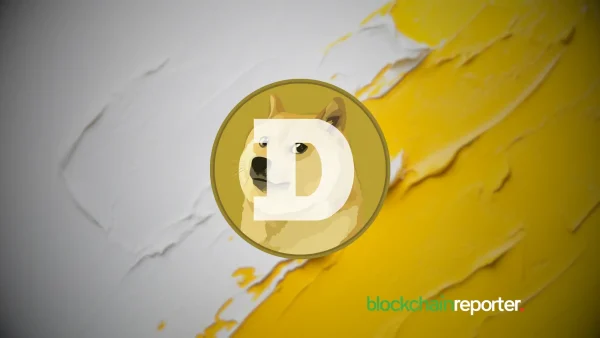- 1. They Both Target the Future of Decentralization
- 2. 2. Institutional Money is Flowing In
- 3. Both Feature Layer 1 Ecosystems Built for Scale
- 4. 4. Long-Term Bullish Trajectories Based on Utility
- 5. 5. Developer-First Infrastructure
- 6. Conclusion: A Digital Giant Meets a Hardware Pioneer
They Both Target the Future of Decentralization
While Ethereum (ETH) revolutionized smart contracts and decentralized apps, Coldware (COLD) is redefining decentralization by embedding it into hardware. Ethereum built the digital foundation, but Coldware is building the physical structure on top of it—through secure, decentralized smartphones and laptops that act as self-custodial Web3 nodes. Both projects aim to eliminate reliance on central intermediaries.
2. Institutional Money is Flowing In
Ethereum (ETH) is riding a fresh wave of institutional interest, with ETF inflows reaching a record $1.01 billion in a single day. That surge helped push ETH to $4,730, just shy of its all-time high. Coldware (COLD), despite being in presale, is also attracting serious capital. As of August 2025, Coldware (COLD)has raised over $7.7 million and sold more than 1.3 Billion tokens—an impressive feat for a presale Layer 1.
Both Feature Layer 1 Ecosystems Built for Scale
Ethereum set the standard for Layer 1 ecosystems, commanding over $90 billion in total value locked (TVL). Coldware (COLD) is building its own Layer 1—but this time, fully integrated with physical devices. Through ColdwareOS, users get native access to dApps, staking, DeFi, and encrypted messaging—all from hardware built specifically for crypto utility. Both ecosystems aim to support developers and end-users at scale.
4. Long-Term Bullish Trajectories Based on Utility
Ethereum is once again climbing the charts as predictions suggest ETH could reach $8,500 if Bitcoin hits $150,000. This projection stems from ETH’s historical pattern of reaching 30–35% of BTC’s market cap. Meanwhile, Coldware (COLD)’s presale price sits at just $0.00998 with a projected launch price of $0.3517—offering a 3,424% upside. Both tokens benefit from strong narratives of future relevance, built on real-world use cases.
5. Developer-First Infrastructure
Ethereum boasts the largest base of decentralized app developers in the world. Coldware (COLD) is following suit by equipping builders with a secure, dedicated environment for Web3 deployment directly on mobile hardware. Instead of fighting for fragmented attention across desktop browsers and extensions, developers can deploy natively through Coldware’s Layer 1 system, ensuring both UX control and security.
Conclusion: A Digital Giant Meets a Hardware Pioneer
Ethereum (ETH) set the foundation for smart contract innovation. Coldware (COLD) is taking the next step—by creating the secure hardware layer that Web3 has always lacked. In many ways, Coldware mirrors Ethereum’s early mission: give people full control over their assets, identity, and interaction. The difference? Coldware is doing it with hardware in hand. These two ecosystems aren’t competitors—they’re complementary forces driving the next evolution of decentralization.
For more information on the Coldware (COLD) Presale:
Visit Coldware (COLD)
Join and become a community member:
This article is not intended as financial advice. Educational purposes only.










